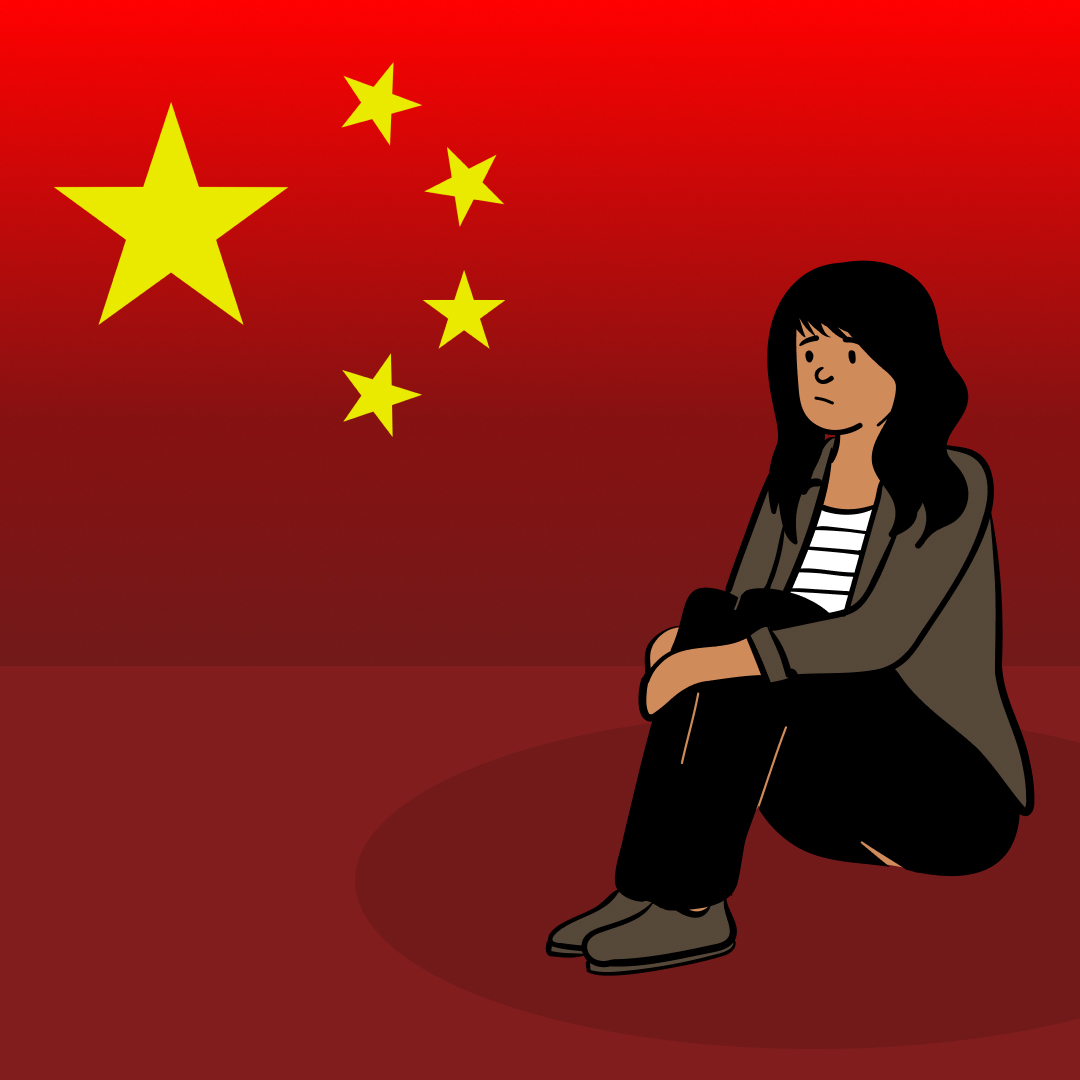Thirty-five years of the one-child policy left China’s population subdued with a skewed sex ratio, in which 117.8 males were born for every 100 females at its peak. Families violating the policy faced strict punishments; thus, emulating the patriarchy, newborn girls were killed, abandoned or hidden. The women “lost” as a consequence of this imbalanced phenomenon are often referred to as the “Missing Women” or “Missing Girls” of China. It’s been almost seven years since the one-child policy was revoked, yet the effects of the world’s most robust antinatalist policy continue.
The women born during the one-child policy should be bolstering the workforce and becoming wives and mothers. Instead, China grapples with a surplus of bachelors, a booming bride trafficking industry to heal lost causes, a labor shortage and a shocking population decline.
China’s skewed sex ratio has produced a textbook supply and demand problem, with bachelorettes as the products and bachelors paying the price. Many marriages in China operate on a dowry system, where the groom gives the bride’s family a financial gift as a token of appreciation. In some provinces, dowry payments now average over $20,000, creating a bidding war between eager bachelors. Governments are working to set a limit for bride prices, but it is an insufficient remedy to the high demand. Some rural areas with faulty transportation systems are even shifting into “bachelor villages,” with an unusual excess supply of middle-aged bachelors. Experts warn that this demographic makeup will become the new norm, predicting that in 2055, there will be 30% more single men than women.
In a cruel attempt to provide wives to desperate bachelors, an elaborate bride trafficking ring was formed in Southeast Asia. In February, police detained two women in the Bac Lieu province of southern Vietnam for allegedly trafficking over 30 females, many of whom were children, into China to be sold as wives. The two ringleaders targeted financially struggling women, promising employment and a paycheck of $4,000 to their families back home. However, once these women arrived in China, they were sold as wives for upwards of 400 million VND, which is almost $17,000. From 2019 to 2021, it is estimated this trafficking ring generated more than $42,000, and it is not alone. Activists assert that thousands of women are trafficked from Southeast Asia into China yearly.
China’s working population is also expected to fall 40% from its 2010 levels in the next 100 years. The women born during the one-child policy now stand precariously on the seemingly mutually exclusive line between corporate success and familial obligations. Women occupy the esteemed role of “president” in 241 Chinese companies, almost triple the amount in 2012. Yet this success juxtaposes a female employment rate of 61.6%, the lowest the country has seen in decades. Women are doing better than they ever have in the workplace, yet fewer of them are in the workplace than ever before.
Interestingly, despite this exodus of female workers, fertility rates continue to wither. China’s national birth rate plummeted to a record low in 2022, with 6.077 births per 1,000 people, as did the national fertility rate, with 1.1 children per woman. The population is shrinking, and the future of China hangs in the balance.
2022 was the first year since the end of the Great Leap Forward, a famine that wiped out millions, that the country’s population decreased. China desperately blasts propaganda encouraging couples to “have children for the country.” Even the People’s Daily, the Communist Party’s official newspaper, dedicated a whole page to family planning, featuring an op-ed titled: “Having Children is a Family Matter and a National Matter.” Fearful of a future with an exorbitant elder-dependency ratio and a deepening labor gap, local governments are even going so far as incentivizing births. Shenzhen provides parents of three children with an annual subsidy of $890 until their third child turns three. Other cities, such as Jinan, have followed suit, providing a monthly stipend of $83 for the second and third child until they turn three.
The one-child policy is not the only perpetrator of this deeply rooted gender imbalance. Globally, sex ratios at birth remain skewed to favor men. In 2006, in the U.S., 104.9 males were born for every 100 females. Malawi’s sex ratio was the closest to equal, but even then, 100.3 males were born for every 100 females. China’s patriarchal cultural makeup is to blame. Traditionally, the bloodline is passed down through the male side; thus, having a son ensures a retirement plan, while having a daughter forecasts abandonment.
The exaggeration of these “missing women” has been much debated, as many experts attribute the skewed ratio to neglected birth registration. Yet, the gender imbalance in the world’s second-largest economy remains undeniable. The one-child policy left women forgotten, disregarded, and underappreciated. Now, China and the world must deal with its reverberating consequences.







